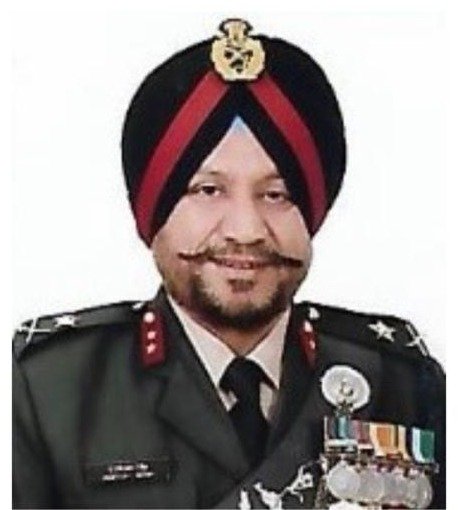The first accident involving the Jaguar happened in April 1981, when an aircraft on a low-level training flight was hit by a vulture

The crash of a Jaguar fighter aircraft in Rajasthan on Wednesday, in which two pilots were killed, is the third major accident involving this type of aircraft this year, and has again focused attention on the IAF’s ageing fleet and the challenges it faces in modernisation and sustainability.
The aircraft, an “IB” twin-seater trainer version, had taken off from Suratgarh airbase for a routine training mission and crashed in an agricultural field in Bhanoda village of Churu district around 1.25 pm.
“An IAF Jaguar trainer aircraft met with an accident during a routine training mission and crashed near Churu in Rajasthan today. Both pilots sustained fatal injuries in the accident. No damage to any civil property has been reported,” the IAF said. A Court of Inquiry has been constituted to ascertain the cause of the accident.
Earlier this year, the IAF had lost a Jaguar from its Ambala airbase in March, though the pilot had ejected, and another IB version from Jamnagar in April, in which one of the pilots, a Flight Lieutenant, was killed and the other was seriously injured. The Jaguar forms the core of IAF’s deep penetration strike element.
There have been accidents involving the Jaguar in the past, with IAF sources saying that the fleet has suffered close to 60 major and minor incidents in its 45-year service with the Air Force, with about two dozen airframes being written off and 17 pilots losing their lives so far.
The first accident involving the Jaguar happened in April 1981, when an aircraft on a low-level training flight was hit by a vulture. This was followed by the first fatal crash in May 1982, when a Jaguar flew into a hill, killing its pilot, a Flight Lieutenant.
The worst year for the fleet, perhaps, was 1999, when five incidents involving the Jaguar were reported. In 2004, four incidents were reported while three incidents each were reported in 1984, 1995 and 2018. Some years have also been incident free for the fleet.
In recent years, according to IAF officers, sustainability of the fleet and maintenance have become a cause for concern and ageing has made it prone to technical failure. Experts estimate that roughly 60 per cent of the fleet remains serviceable at any given time.
The aircraft’s underpowered Rolls Royce Turbomeca Adour Mk 881 engines is another issue and the IAF’s move to re-equip the aircraft with a more powerful Honeywell engine did not make any headway due to cost factors.
Barring a lone surviving squadron of the MiG-21, the Jaguar is now the oldest fighter aircraft in the IAF’s inventory. In 1979, 40 aircraft were imported from the UK followed by licence manufacture of 150 aircraft by state-run Hindustan Aeronautics Limited, with aircraft rolling off the assembly lines as late as 2007. India is the sole remaining Jaguar operator, with other users — France, UK, Oman, Nigeria and Ecuador — having retired them.
At present, the IAF operates around 114 twin-engine Jaguars, equipping six squadrons – Nos 5, 6, 14, 16, 27 and 224, based at Ambala, Jamnagar and Gorakhpur, forming a crucial element of its strike capability and tactical reconnaissance. Some Jaguars have also been modified for the maritime role with anti-ship missiles.
The Jaguars were initially armed with the Matra R-550 Magic short range air-to-air missile, in an unconventional position on over-the-wing pylons as a means of self-defence during strike missions.
A few years ago, the IAF began re-equipping the Jaguar with the DARIN-III advanced navigation and attack avionics suite, and earlier this year, initiated another project to re-equip the fleet with new generation close combat air-to-air missiles, transport platforms as well as cruise missiles and UAVs.
Recently, India procured 31 decommissioned Jaguar airframes from France and two each from the UK and Oman, along with several thousand aero-spares to replace some aircraft lost due to attrition and ensure serviceability of the existing fleet.
Though the IAF has not disclosed the aircraft employed to carry out precision strikes in Pakistan during Operation Sindoor in May this year, it is believed that Jaguars may have taken part. The IAF now plans to modify 112 Jaguars for launching High Speed Low Drag (HSLD) Mark-II bombs, a family of guided munitions developed by the Defence Research and Development Organisation.


























































































































